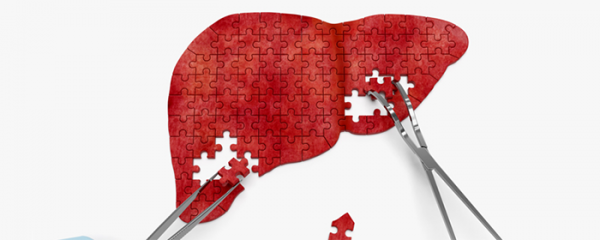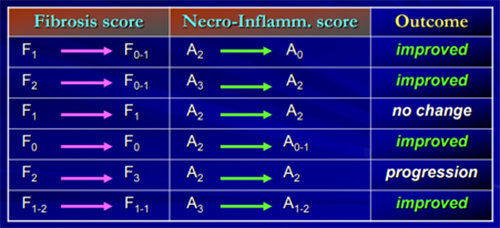How can we treat portal hypertension resulted from cirrhosis?

Being one of the serious stages of liver disease, cirrhosis has long been known as a difficult liver condition to deal with. Not only does the liver gradually cease to function because of the scar tissue, but the medical conditions developed from cirrhosis such as portal hypertension pose extra threats to patients’ prognosis.
A promising approach to treat liver cirrhosis?
Portal hypertension has always been regarded as a condition that can only be managed, instead of treated. However, a recent study published in The American Journal of Pathology showed that treatment with aleglitazar, a type of agonists, helped improve the condition of portal hypertension by suppressing inflammation of the liver and relieving the constriction of blood vessels in subjects with cirrhosis.
The study was carried out for 21 days and a number of beneficial changes were seen. Fibrosis was suppressed and constrictions of blood vessels were relieved, which greatly soothed the condition of portal hypertension. All these suggest treatments that contain anti-inflammatory properties could be an effective approach for managing cirrhosis.
What is portal hypertension?
As one of the major problems derived from cirrhosis, portal hypertension refers to the increased blood pressure in the veins leading to the liver due to the blockage of blood from the scar tissue. Because of the seriousness of this medical condition, portal hypertension accounts for the majority of medical complications and deaths associated with cirrhosis.
In a healthy individual, blood flows freely from the liver to the other organs. But in cirrhosis patients with portal hypertension, as high pressure in the portal system gradually develops, veins in various parts of the body will become large and swollen. When the veins can no longer handle the pressure within, they can rupture and bleed which could cause life-threatening complications. Symptoms include gastrointestinal bleeding which results in black stools or vomiting of blood, and also ascites, which is the accumulation of fluid in the abdomen.
Anti-inflammatory and anti-fibrotic therapy as a treatment method
Since portal hypertension is caused by the blockage of veins from the scar tissue in liver, reducing the degree of fibrosis would be one of the best ways to help tackle the problem.
In a research presented by Prof. Francesco Marotta at 14th Clinical Applications for Age Management Medicine that studied the use of nutraceuticals in chronic liver disease, a natural herbal compound was found to be able to reverse the stage of fibrosis. Subjects with cirrhosis were given the natural herbal compound as treatment. It was noticed that out of 6 groups of subjects, 4 showed a regression of fibrosis in their biopsy assessment, suggesting the positive effect of natural herbal compound on improving the condition of fibrosis.

As fibrosis occurs because of the inflammation in the liver and the degree of inflammation can be reflected from liver enzyme levels such as AST and ALT, one of the effective ways of managing inflammation would be lowering the enzyme levels.
In the same study, it was suggested that the same natural herbal compound reduced ALT level significantly without causing any known side-effects. In another research that focuses on the effect of the said natural herbal compound in patients of hepatic diseases, same promising results were also observed. After taking the treatment with the natural herbal compound for 10 days, the ALT and AST levels of the patients were remarkably lowered.
All these clinical researches suggest that by managing the liver enzyme levels and the degree of fibrosis, not only does it help relieve the condition of portal hypertension, but it also helps with treating cirrhosis, a liver condition that has long been known as an irreversible liver disease.
If you have any questions regarding how we can help restore your liver health, please do not hesitate to contact our support team for more information about liver protection.
- WebMD, https://www.webmd.com/digestive-disorders/digestive-diseases-portal#5, (Access Date: 2018-07-12)
- Kyotsujigyo, https://www.kyotsujigyo.net/document/yhk/10_clincial.pdf, (Access Date: 2018-07-12)
- EurekAlert! Science News, https://www.eurekalert.org/pub_releases/2018-06/e-rfa061318.php
- Kyotsujigyo, https://www.kyotsujigyo.net/document/yhk/Y34_P.pdf, (Access Date: 2018-07-12)
- Kyotsujigyo, https://www.kyotsujigyo.net/document/yhk/Y34.pdf, (Access Date: 2018-07-12)
- * All research and clinical data should be used as reference purposes only, results may vary.






